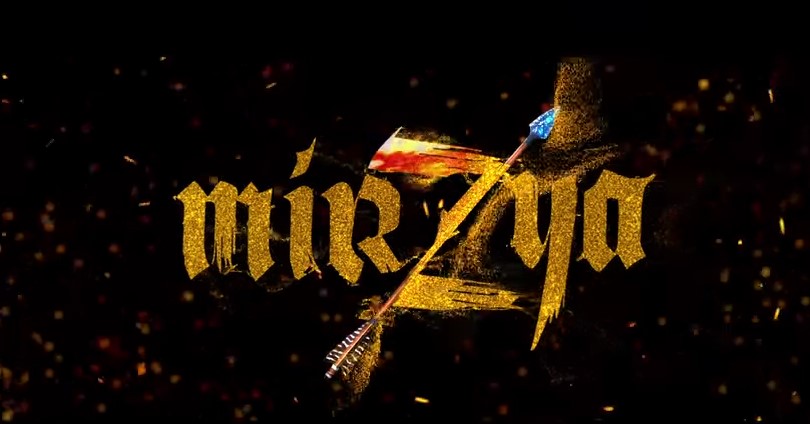Ever thought of farming on Mars? Latest sci-fi blockbuster, The Martian, turned this seemingly bizarre idea into reality. Astronaut & botanist, Mark Watney (Matt Damon) gets stranded on Mars, and turns his habitat into a space farm, using the only crop he has at hand – potatoes. Despite occasional moments of despair, Ridley Scott’s The Martian is fun & enjoyable, without the emotional heaviness of other popular sci-fi blockbusters like Gravity & Interstellar.
[youtube]http://www.youtube.com/watch?v=ej3ioOneTy8[/youtube]
Source: 20th Century Fox
We are making progress on Mars. However, shooting a whole film on the planet is still a far cry. Therefore, when Andy Weir’s heavily-researched novel, The Martian was chosen for the big screen, NASA offered a helping hand with significant inputs on genuine contemporary technologies. The greatest selling point of the movie is its outstanding visual effects. The combined efforts of visual effects companies – Framestore & MPC – under the guidance of renowned production VFX supervisor, Richard Stammers led to the creation of the Red Planet, and a realistic space setting for the year 2035.
But it was not as easy as it looked. The VFX team came across numerous difficulties during the creation of Mars. Here are the top three challenges and how the team overcame them:
Replacing blue sky
God took seven days to create Earth; Framestore took 70 days to create Mars! Designing an entire planet was a cumbersome task for the VFX company. The exterior shots of Mars were filmed at Wadi Rum in the Jordanian desert. Unfortunately, almost every single shot required colour correction to replace the blue skies with something grey, with a hint of greenish-yellow to match the NASA imagery of Mars.
To facilitate this process, MPC developed a sophisticated colour algorithm filter called Earth to Mars. This made it easier for the VFX team to selectively remove the blue sky from each shot than the conventional spill suppression tools & keyers. Thanks to this sophisticated tool, the final output looked amazing with deeper, richer reds & yellows, and a realistic representation of the planet.
Getting rid of reflections
There were hundreds of shots of characters with helmets & glass visors, which proved to be extremely difficult to handle due to reflections & smudges on glass. The glass visors that you see in the movie were added digitally during post-production. The VFX team had to do an entire CG build of the live action sequences just to get the reflections correct.
Working with GoPro footage
When director Ridley Scott decided to incorporate some GoPro footage from the astronaut’s GoPro cameras in the movie, the special effects team had to up-convert the low-quality footage from these to match the rest of the high-definition shots of the movie.
From realistic landscape shots to zero gravity scenes, it all came together brilliantly, with just 24 weeks in post-production. Check out this video for the techniques used by VFX experts in The Martian:
[youtube]http://www.youtube.com/watch?v=FoWpEY6RjkI[/youtube]
Source: WIRED
Apart from the CG environments of Mars, space ship Hermes and the dazzling final sequence in space were also created with a full array of CG assets & effects.
With the special effects team accomplishing never seen before visuals, it is no wonder that The Martian is a box office hit.
Do you wish to create amazing visual effects for movies? Learn all about making groundbreaking visual effects with MAAC’s VFX career course.

